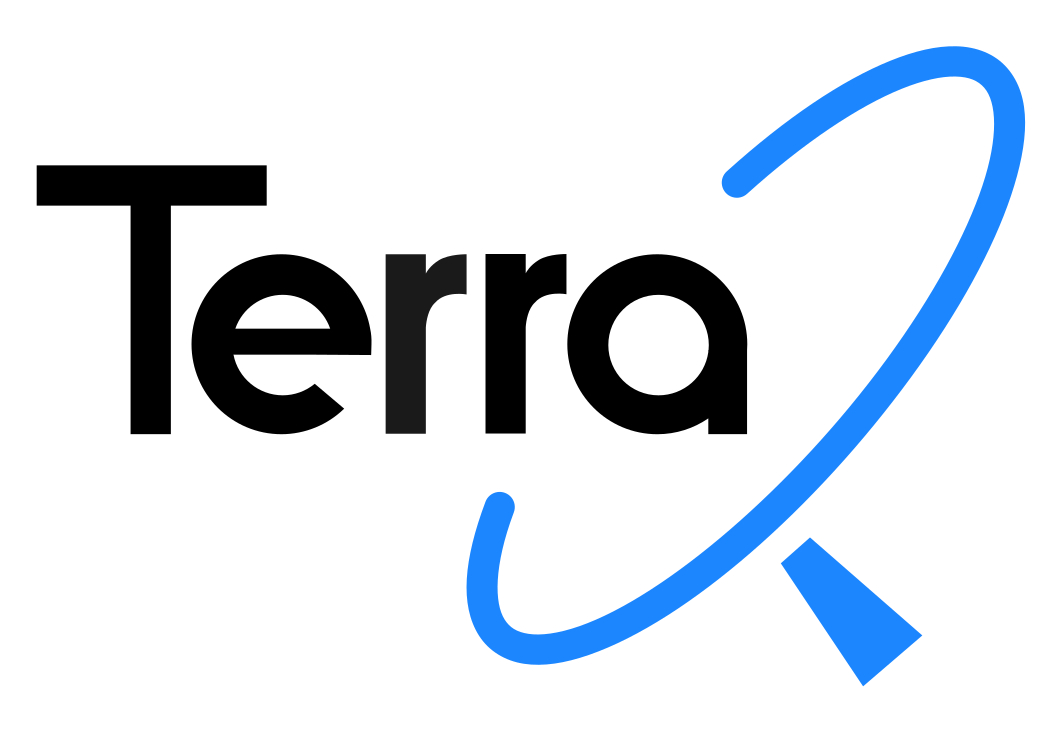Die Forschung von TerraQ gliedert sich in drei Forschungsbereiche – A, B und C.
Die kombinierte Anwendung von Uhren, Atom- und Laserinterferometrie, bodenbasiert oder aus dem Weltall, ist unumgänglich, um Daten von Längen- und Zeitskalen zu liefern. Die Forschungsbereiche sind eng miteinander verwoben und führen so zu einem neuen Genauigkeitsniveau der Beobachtung und Kenntnis des Gravitationsfeldes und damit auch zu einem besseren Verständnis des Systems Erde.
Forschungsbereiche
B – Metrology and modelling for space gravimetry (Prof. Dr. G. Heinzel)
-
B01 New Measurement Concepts with Laser Interferometers
-
B02 Multi-Purpose Space Mission Simulator
-
B03 Optical Design Methods for Low-Noise Interferometry
-
B04 Advancing Inter-Spacecraft Laser Interferometry
-
B05 Compact Multichannel Optical Test Mass Sensing
-
B06 Optical Control of a Torsion Balance as a Low-Noise Test Platform
C – Gravity modelling and applications (Prof. Dr. J. Müller)
-
C01 Groundwater Gravimetry and QG-1
-
C02 Terrestrial Clock Networks: Fundamental Physics and Applications
-
C03 Relativistic Geodesy from Space Using Novel Measurement Concepts
-
C04 Gravity Field Solution by Exploiting the Full Potential of GRACE Follow-On
-
C05 Modelling of Mass Variations Down to Small Scales by Quantum Sensor Fusion
-
C06 Atmosphere-Ocean Background Modelling for Terrestrial Gravimetry












